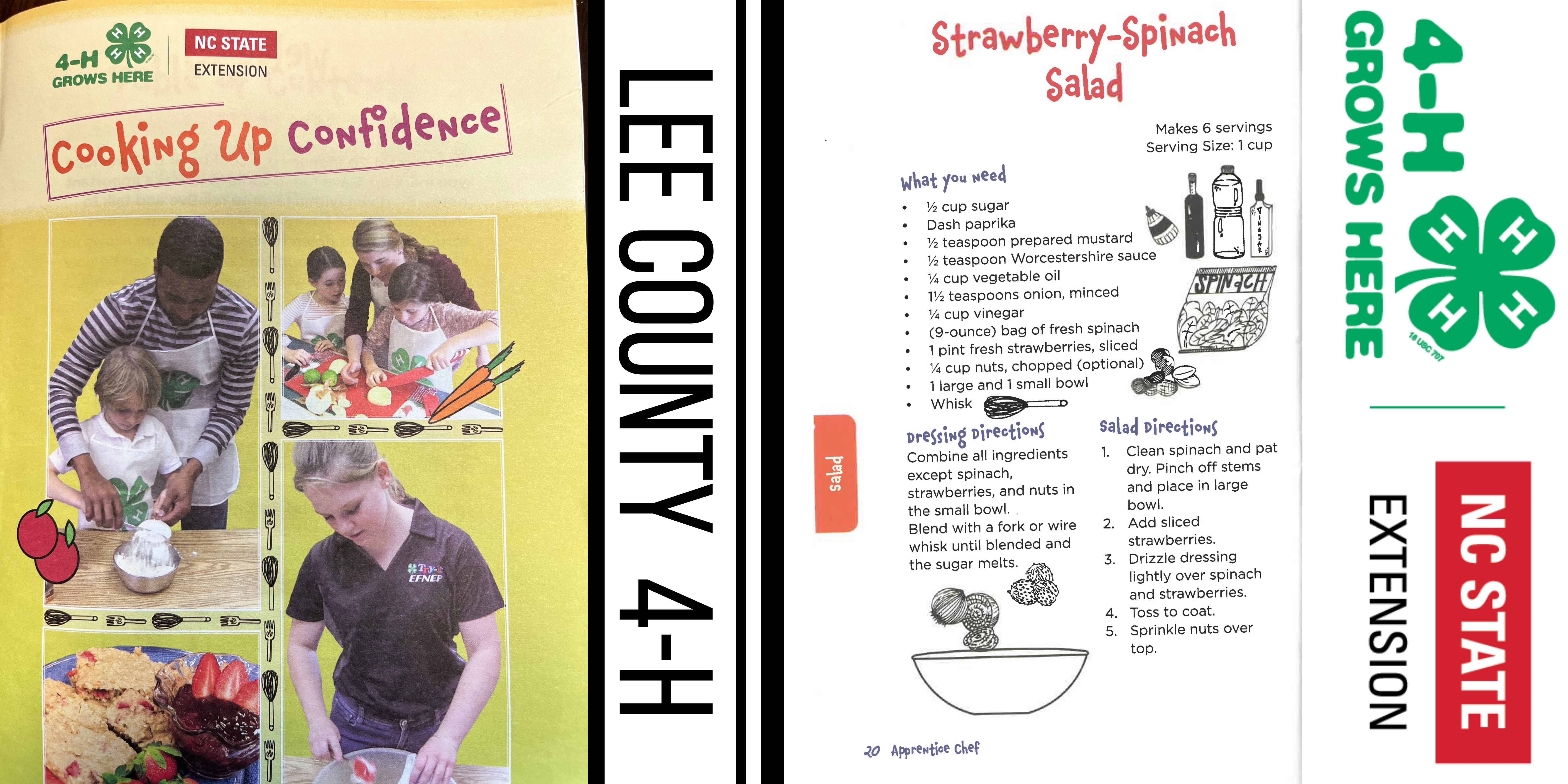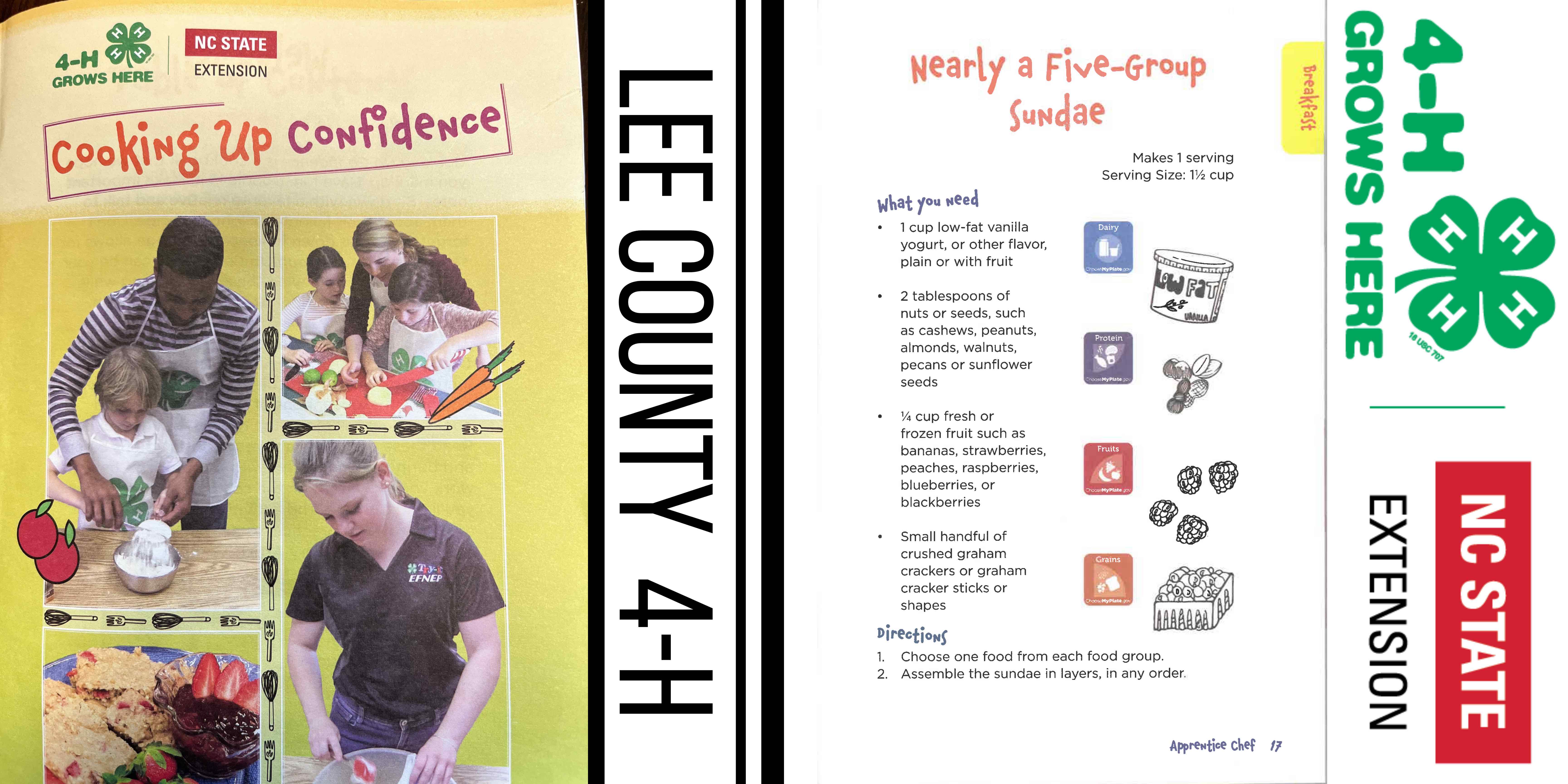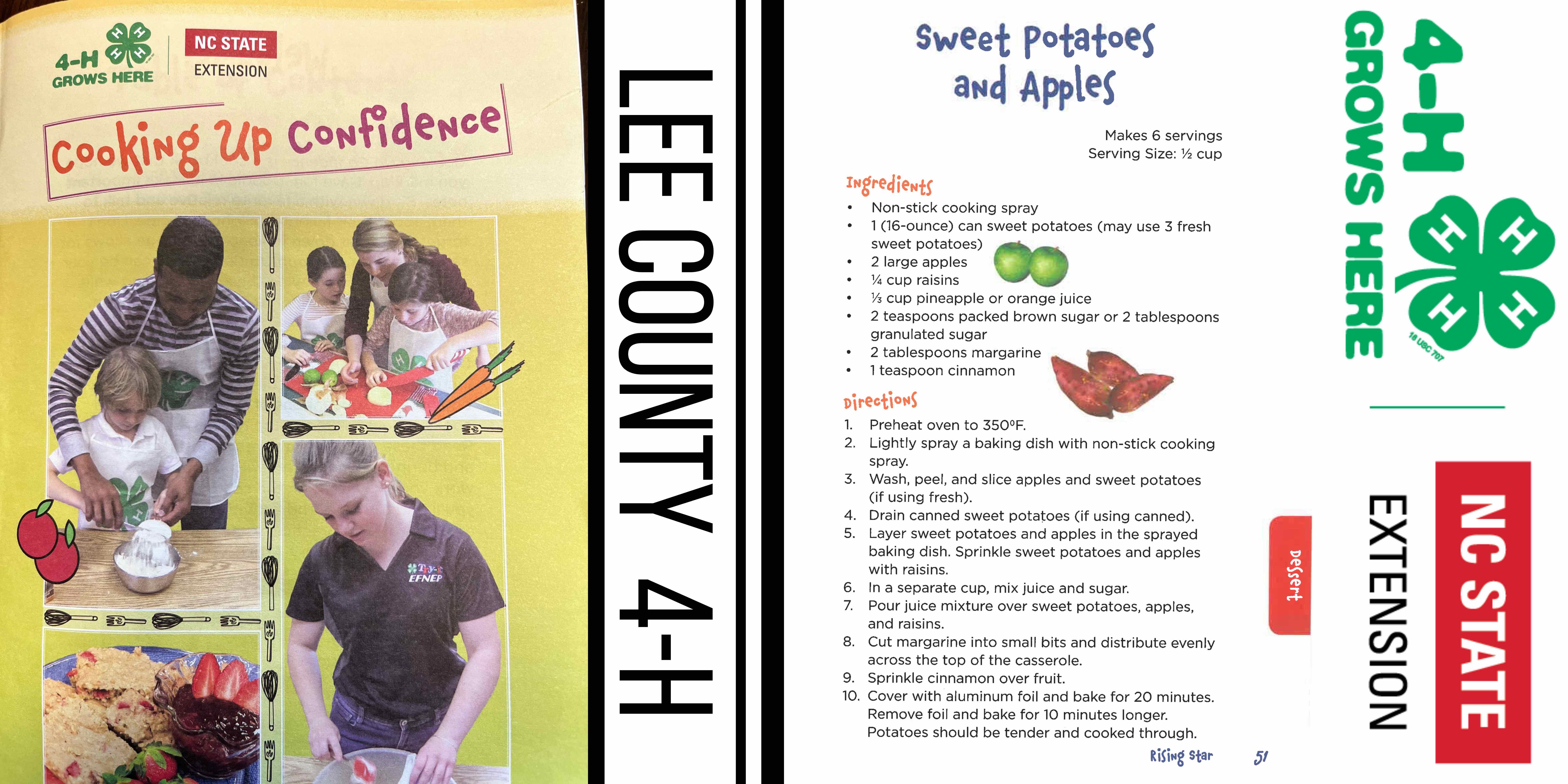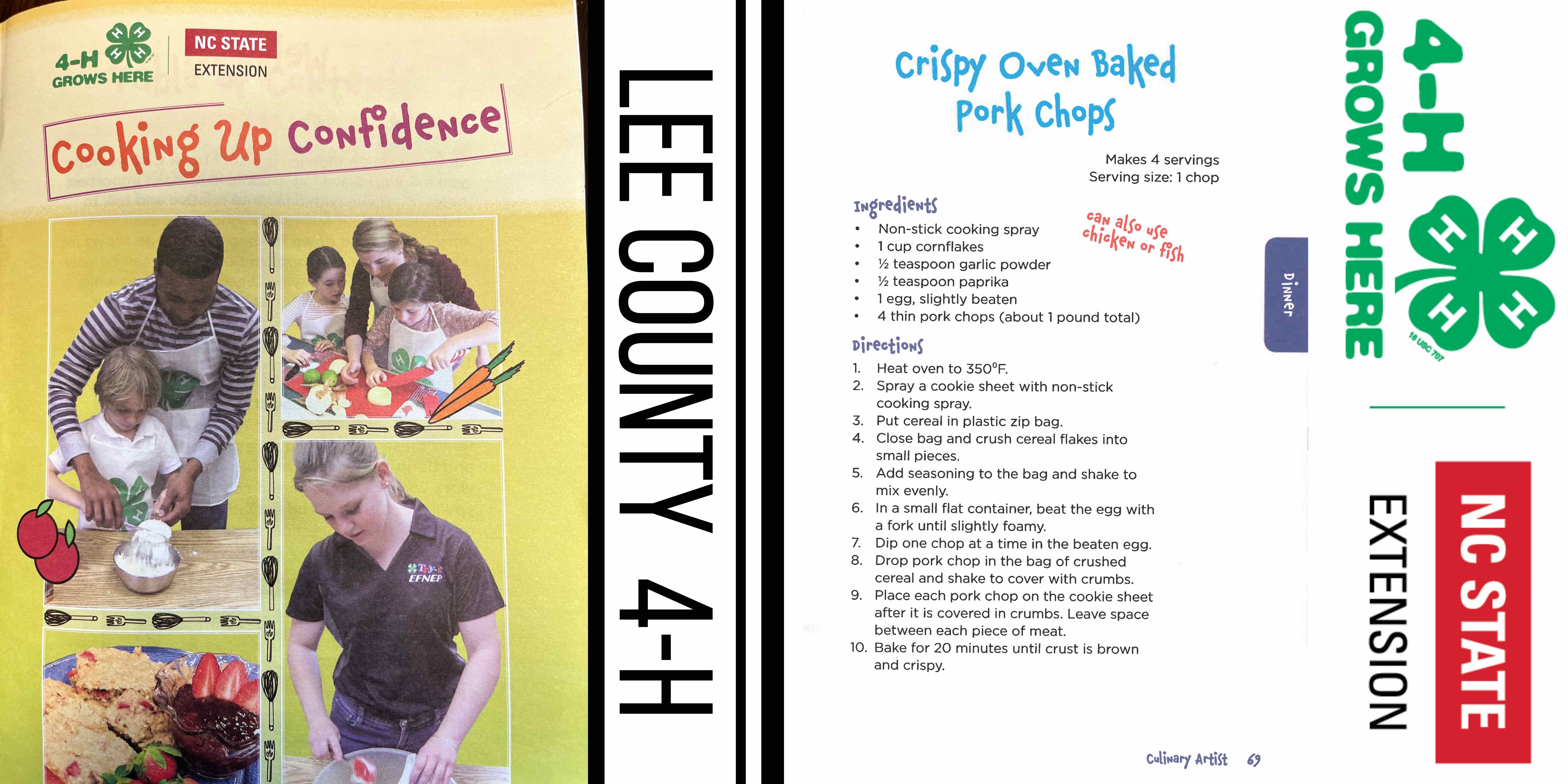Good Question, What Are YOU Fixing?
go.ncsu.edu/readext?847565
en Español / em Português
El inglés es el idioma de control de esta página. En la medida en que haya algún conflicto entre la traducción al inglés y la traducción, el inglés prevalece.
Al hacer clic en el enlace de traducción se activa un servicio de traducción gratuito para convertir la página al español. Al igual que con cualquier traducción por Internet, la conversión no es sensible al contexto y puede que no traduzca el texto en su significado original. NC State Extension no garantiza la exactitud del texto traducido. Por favor, tenga en cuenta que algunas aplicaciones y/o servicios pueden no funcionar como se espera cuando se traducen.
Português
Inglês é o idioma de controle desta página. Na medida que haja algum conflito entre o texto original em Inglês e a tradução, o Inglês prevalece.
Ao clicar no link de tradução, um serviço gratuito de tradução será ativado para converter a página para o Português. Como em qualquer tradução pela internet, a conversão não é sensivel ao contexto e pode não ocorrer a tradução para o significado orginal. O serviço de Extensão da Carolina do Norte (NC State Extension) não garante a exatidão do texto traduzido. Por favor, observe que algumas funções ou serviços podem não funcionar como esperado após a tradução.
English
English is the controlling language of this page. To the extent there is any conflict between the English text and the translation, English controls.
Clicking on the translation link activates a free translation service to convert the page to Spanish. As with any Internet translation, the conversion is not context-sensitive and may not translate the text to its original meaning. NC State Extension does not guarantee the accuracy of the translated text. Please note that some applications and/or services may not function as expected when translated.
Collapse ▲One of my favorite memes from Facebook appeared in my newsfeed several years ago and showed a mother collapsed in a chair with the back of her hand over her eyes, “Why do they have to eat EVERY DAY?” This makes me laugh because I thought those words a few short years ago. My children are older now and I am thankful that I took the time to teach them some kitchen skills. Now I can ask them to prepare supper if I wanted to. You also may have an able-bodied assistant just yearning for the chance to help you beat an egg, stir that pot, and butter those biscuits. Taking the time now to teach safe kitchen skills will pay off when your teenager asks, “What’s for dinner?” And you can reply, “Good question, what are you fixing?” So this year consider sharing a Valentine’s Day meal prepared by your little sweethearts.
Teaching a child to cook can provide some welcome relief for parents in addition to promoting family bonding and allowing young people to develop valuable life skills. Now it’s true that cooking with children will take time, patience, and often a little extra clean up, but the rewards will greatly outweigh the effort. Along with having an extra pair of hands in the kitchen, kids can learn at an early age how to prepare nutritious meals using items in their own pantry. But that’s just the beginning, because there are also other benefits to cooking as a family. In fact, a report by the American Heart Association on obesity in children and teens claimed cooking with your kids may reduce the number of meals eaten outside the home, allow more structured time for family meals, offer healthier and low-calorie foods, as well as encouraging more involvement from children in meal planning, shopping, and food preparation. Sounds like a pretty “sweet” deal doesn’t it? And those are just some of the short-term benefits of sharing the kitchen with your kids. Experts agree that teaching your children to cook at a young age will help them develop better eating habits as adults, increase their self-confidence; all the while teaching them skills they (and you) can use for the rest of their lives.
So now you know the benefits of cooking with your kids, you’re probably wondering the best way to get started. 4-H and the Expanded Food and Nutrition Program have a plan for you. Come pick up your free copy of the “Cooking up Confidence Cookbook” with opportunities for self expression, information, and recipes separated into these three sections based on age and ability: Apprentice Chef, Rising Star, and Culinary Artist.
I suggest you begin with dinner, since it is one of the few times that the whole family is together and a Valentine’s Day family dinner will be extra special. Sometime this weekend plan your family Valentine Celebration together with a few simple recipes that will have your kids gaining confidence in the kitchen. I will plan a three course Valentine appropriate dinner for you now. On the menu will be a Strawberry Spinach Salad for your first course, (p. 20 in the Cooking Up Confidence Cookbook), followed by your main course of Crispy Oven Baked Pork Chops (p.69) with a Sweet Potatoes & Apples side dish (p.51), and for dessert the Nearly Five Group Sundae (p.17).
For most kids it will be the first time in a kitchen, so go over food preparation step by step. Start with stressing age appropriate basics like cleaning the prep area, hand washing, safe usage of knives, utensils, and appliances, and proper serving methods. Pull long hair back so it won’t end up in your supper. Don’t forget to emphasize cleanup as a necessary part of cooking. You may even want to rotate responsibilities or take turns on who cleans up the kitchen. Start slowly and gradually increase the difficulty level.

For our Valentine dinner we will start with our youngest learners, the Rising Stars. Kids begin with simple skills like peeling, rolling, juicing, mashing, removing husks from corn, washing vegetables in a colander, measuring and pouring ingredients, and basic hand mixing. On our menu are two recipes appropriate for this beginning age group, Strawberry Spinach Salad and Nearly Five Group Sundae. These recipes will teach skills like following directions, washing and drying vegetables, mixing dressing, and combining ingredients.

Once they master these proficiencies you can move on to more advanced culinary skills like using the electric mixer, operating a can opener or food processor, grating cheese, stirring food over the stove, and cutting fruits and vegetables. Always remember to make sure you provide proper supervision, especially when using potentially dangerous equipment or utensils. For Valentine’s Day our Rising Stars will be preparing the Sweet Potatoes and Apples side dish. They will experience following directions, washing and cutting vegetables, measuring ingredients, and preparing the oven.

The main dish is for the older experienced cooks from the Culinary Artist section of our cookbook, Crispy Oven Baked Pork Chops. Your young cooks will learn about safe handling of meats, cooking temperatures of meats, and how to faux fry with a baked recipe while practicing those skills learned previously like following directions.

It is important to allow plenty of time to enjoy yourself and share together with your kids, while teaching them skills that will last for a lifetime. Good luck, and hopefully you’ll have a Valentine meal that allows the whole family to participate.
To get your FREE copy of the entire 4-H & EFNEP teaching cookbook contact Pam Kerley at 919 775-5624 or pkerley@ncsu.edu. Pam is the 4-H Program Assistant for North Carolina Cooperative Extension, Lee County Center. 4-H is a positive youth development program offering programs that suit a variety of backgrounds, interests, budgets, and schedules. From in-school to after-school, clubs to camps, 4-H’s programs are available in Lee County and we welcome children who want to have fun, learn, and grow. In North Carolina, 4-H is brought to you by the NC State Cooperative Extension. N.C. Cooperative Extension’s experts and educators share university knowledge, information, and tools you can use every day to improve your life.




